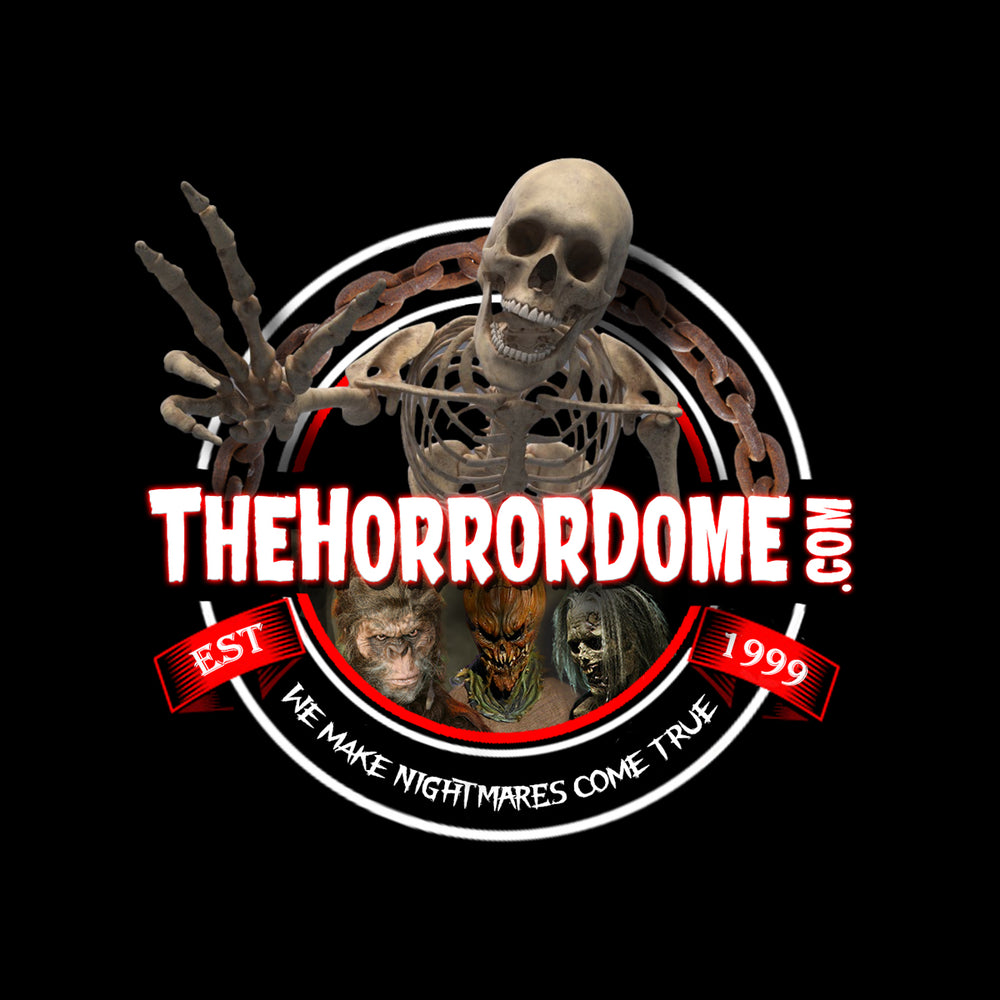The Psychology of Fear: What Makes a Halloween Mask Truly Terrifying?
As the heart of any haunted house experience, masks possess an uncanny ability to invoke fear, tapping into our deepest anxieties and phobias. But what is it about certain masks that make them particularly terrifying? This article explores the psychology of fear and the key elements that contribute to making a Halloween mask genuinely horrifying.
The Elements of Fear in Mask DesignThe Uncanny Valley
One of the most potent factors in mask terror is the concept of the uncanny valley. Masks that almost resemble a human face but have slight off-putting differences can create a sense of unease and terror. The closer a mask gets to looking human without actually being recognizable, the more unsettling it becomes.
Exaggeration and Distortion
Masks that feature exaggerated or distorted features tap into our fear of the unknown and the unnatural. Oversized eyes, elongated mouths, or unnaturally positioned facial features play on our instinctual discomfort with things that deviate from the norm.
Symbolism of Death and the Unknown
Masks that symbolize death, such as skulls, or those that represent undefined creatures and monsters, directly confront us with our fear of death and the unknown. These masks are universally terrifying because they evoke a primal response rooted in our consciousness.
The Role of Anonymity
Loss of Identity
A mask hides the wearer's identity, creating a barrier between the observer and the person behind the mask. This anonymity can be unsettling because it strips away the ability to read intentions or emotions, fundamental aspects of human interaction.
The Fear of Being Watched
Masks with blank or non-expressive features can evoke a sense of being watched without the ability to discern what lies behind the gaze. This one-sided interaction, where one is seen without seeing in return, amplifies fear through vulnerability.
Psychological Impact on the Viewer
Triggering Fight or Flight Response
The sight of a terrifying mask can trigger the body's fight or flight response, causing an immediate physical and emotional reaction. This instinctual response is a testament to the mask's power to tap into deep-seated fears.
The Power of Imagination
A truly terrifying mask leaves enough to the imagination to allow the individual's mind to fill in the blanks, often with fears that are personally unsettling. The less a mask reveals, the more the mind races to make sense of the threat, often amplifying the fear.





Leave a comment